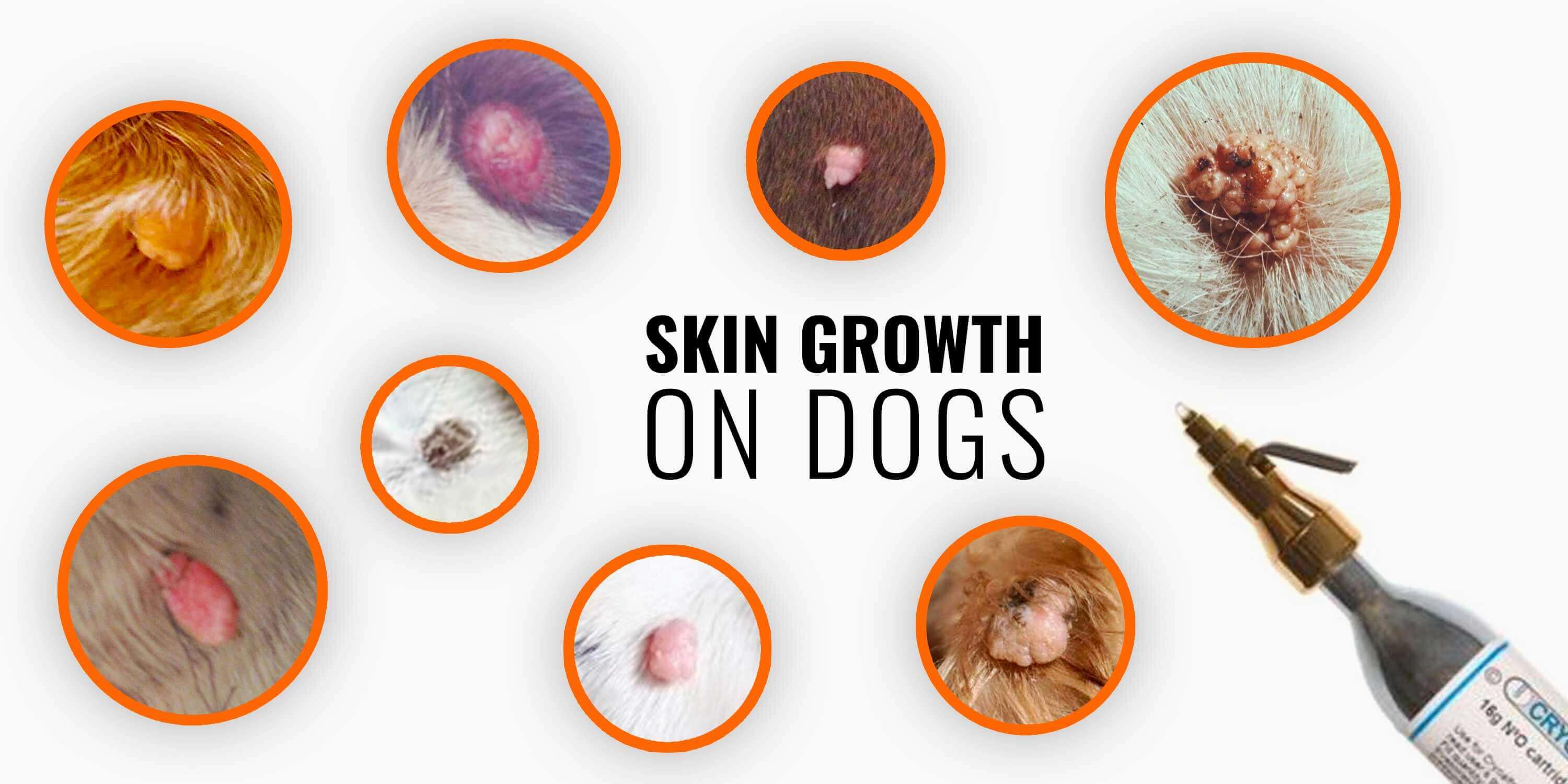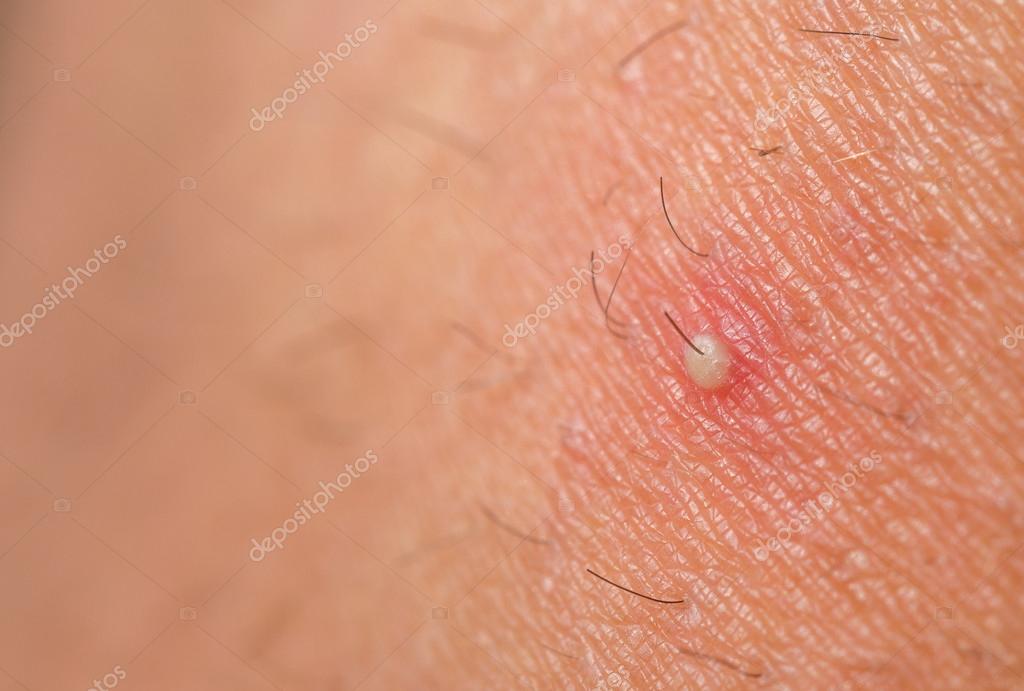Understanding and Treating Dog Ingrown Hair-Puainta®
Table Of Content

Nevertheless, its essential that ingrown whiskers do not develop, or are treated. Topical treatments are used in most cases to ease discomfort and reduce inflammation. Sprays, creams, or ointments containing steroids, antibiotics, or antifungal agents are often necessary as well. Folliculitis is a term used to describe the inflammation of a hair follicle that typically involves a bacterial infection.
Can Ingrown Hair on Dogs be Prevented?
Dog whiskers can indeed become ingrown, although this is a relatively rare occurrence. By understanding and managing ingrown hair issues in dogs, you can help your dog live a more comfortable and healthier life. Remember, when in doubt, always consult with a professional veterinarian. Remember, every dog is different and may not exhibit all these symptoms.
Should I Remove My Dog’s Ingrown Hair?
An ingrown whisker is likely to cause discomfort to your pooch, resulting in persistent itching and scratching. Pay attention if your dog starts rubbing or scratching their face more frequently than usual. Be mindful though, excessive itching or scratching might lead to infection or worsen existing conditions. Dog whiskers, also known as vibrissae, are thick hairs found surrounding a canine’s muzzle, cheeks, and eyes. Whiskers serve as tactile sensory tools that help dogs navigate their environment and detect objects, even in dim lighting conditions.
Should I Remove My Dogs Ingrown Hair?
If you notice any changes in your dog’s skin or behavior, it’s always a good idea to consult with a vet. Early detection and treatment can help prevent more serious complications. Never attempt to remove an impacted hair follicle on a dog by yourself.
What Causes Ingrown Dog Whiskers?
What Is Cellulitis: Symptoms, Causes, Diagnosis, Treatment, and Prevention - Everyday Health
What Is Cellulitis: Symptoms, Causes, Diagnosis, Treatment, and Prevention.
Posted: Thu, 01 Jun 2017 18:34:20 GMT [source]
For instance, since ingrown hairs on dogs usually happen between the toes, you will often see it acral lick pyoderma, where dogs lick their paws so much they get infections. If you notice any signs of an ingrown whisker in your dog, such as redness, swelling, or discharge, it’s important to seek veterinary care right away. In this post, I’ll cover everything you need to know about ingrown dog whiskers, including causes, symptoms, and treatment options. Treating an ingrown dog whisker primarily requires a visit to the veterinarian. The vet may need to carefully extract the ingrown whisker, which should never be attempted at home due to the risk of infection or further injury. While ingrown whiskers don’t usually cause dogs a lot of pain, they can be itchy and uncomfortable.
We are fully transparent and honest to our community of dog owners and future owners. Instead, let the hair grow out and observe your dog during this time for any possible signs of infection. The vet advised scissor clipping Fifi in the future, rather than shaving her down to the skin. Once the vet is satisfied there is no foreign body causing the irritation, they may well prescribe antibiotics and regular washes of the area. Sometimes long courses are needed of 8 weeks or more, until the problem settles down. The vet will consider where the lumps are and how quickly they came up.
What Causes Ingrown Hairs in Dogs?
In some cases, the ingrown hair may become trapped under the skin, leading to further inflammation and potentially infection. If left untreated, ingrown hairs can cause significant discomfort and may require medical attention to resolve the issue and relieve the dog's pain. While it might be tempting to treat your dog’s ingrown hair at home, be sure to seek professional veterinary help.

How to Prevent Ingrown Dog Whiskers or Hair?
The most obvious is a small bump or pimple-like growth on their face and mouth area. I asked him how this happened, how to treat it, and how to ensure it never happens again. He gave me some insights, and I created this post to help you the same way he helped me. So I decided to share everything that I know about Shar Pei from what I’ve researched before we got Ronnie (our dog) and from our experience with her for the past couple of years. So I decided to share everything that I know about Shar Pei from what I've researched before we got Ronnie (our dog) and from our experience with her for the past couple of years.

How to Treat a Dog's Ingrown Hair
Skin allergies happen due to a state of over-reactivity of the dog's immune system to an allergen. If they suspect other underlying causes they may recommend diagnostic tests which may include blood tests and/or biopsies and culture of the area. If allergies are suspected, then specific medication to control the symptoms of allergies will be prescribed. Ingrown hairs will often resolve themselves without the need for intervention.
Popping your dog’s pimples, ingrown whiskers, or any other bumps can cause them to become infected. If you see a bump on your dog’s skin, leave it alone and let the vet look at it. If you’re not properly brushing and detangling, your dog’s coat ingrown hairs are more likely to happen. Yes, dogs can get ingrown hairs on any fur covered areas throughout their body. If a tiny blade of hair or whisker decides to grow sideways instead of upward in the growing process, this can quickly develop into an ingrown hair follicle. The short answer is yes, dogs can get ingrown hairs, but it's relatively uncommon compared to humans.
This can lead to discomfort for your furry friend, which can affect their behavior and quality of life. Whiskers, also known as vibrissae, are specialized hairs found on a dog’s muzzle, eyebrows, and even on the back of their legs. Here, I/we share our knowledge, expertise and experience, along with the important insights we acquire from the latest studies and research in the pet care industry. You might also observe your dog showing signs of discomfort, such as scratching or pawing at the affected area. Tumors, on the other hand, are growths of tissue that could be cancerous or benign. These bumps are usually red, itchy, and might even be painful for your pup.
Always consult your veterinarian first to see the cause of the blockage. If you suspect your dog is dealing with ingrown hairs, it’s important to familiarize yourself with the signs. This can make it easier to explain what’s going on to your veterinarian.
Comments
Post a Comment